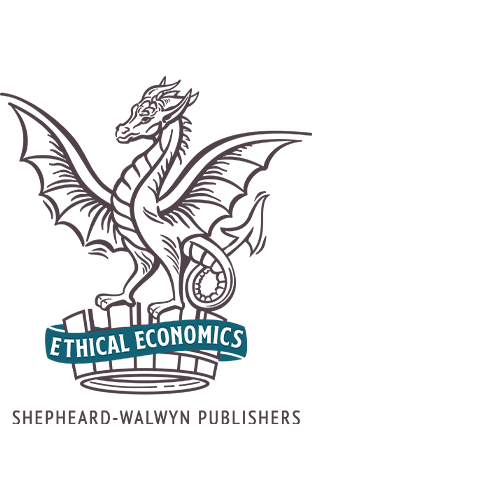So often, the debate about public ownership is based on a narrative that sets the public interest against the private interest. In this debate in western democracies, one can characterise the period since the Second World War as having been a game of two halves. In Britain during the war, a social democratic narrative emerged, where the interests of society would be put first, in part to reward the collective effort to defeat the Nazi dictatorship, but also perhaps, to defuse the attraction of the alternative collective ownership experiment in the Soviet Union. This social welfare model was presented in the UK with the publication of the Beveridge Report in 1944, and its main recommendations were introduced during the following three decades. Living standards rose dramatically, and public service provision of housing, healthcare, and education among others became the normal expectation. We had ‘never had it so good’1.
However, this direction was challenged by many, including Margaret Thatcher, British Prime Minister 1979–1991, and Ronald Reagan, US President 1981–1989, leading to a reversal of public ownership and provision during the next 40 years, and the victory of the private interest. While this was driven primarily by ideology at least in the UK (see for example, Hayek, 1944), there was an appetite for change, due perhaps to the imbalance of power between the trades unions, management and government. The 1980s were as much about curtailing the power of the unions as the resurgence of free market principles, and the intended efficiency from competition.
We have now reached an intellectual and philosophical point at which voters are challenging the assumptions of globalisation, the dominance of financial interests and multinational companies protected by undemocratic supra-national organisations. This is in part a response to a sustained period of rising inequality, and a smaller share of national wealth flowing to labour, but also reflects a desire to rebuild the idea of local community, and sharing of resources at a time of environmental stress.
In this paper, I look at how two jurisdictions took a different path over these years. Hong Kong and Singapore have developed a somewhat unique approach, based on distinctive models of public asset ownership, which has been either missed, misinterpreted, or ignored by many economists and social scientists.
Read more From Models of Fair Public Ownership. By Andrew Purves, Int J. Public Policy Vol,15 Nos 1/2, 2019 Copyright Inderscience Publishers.






